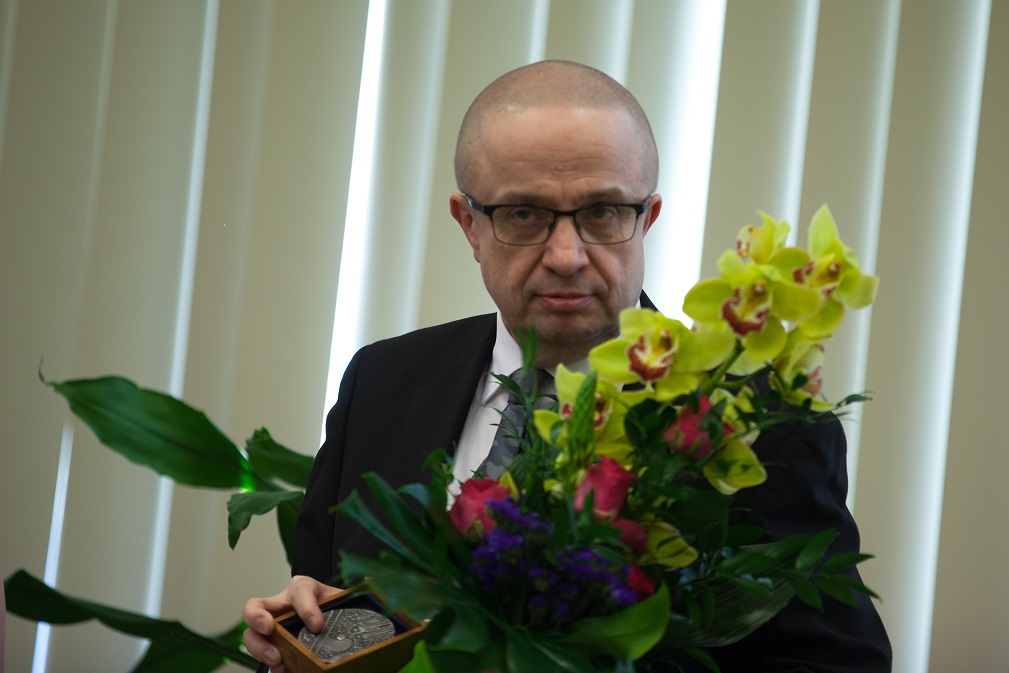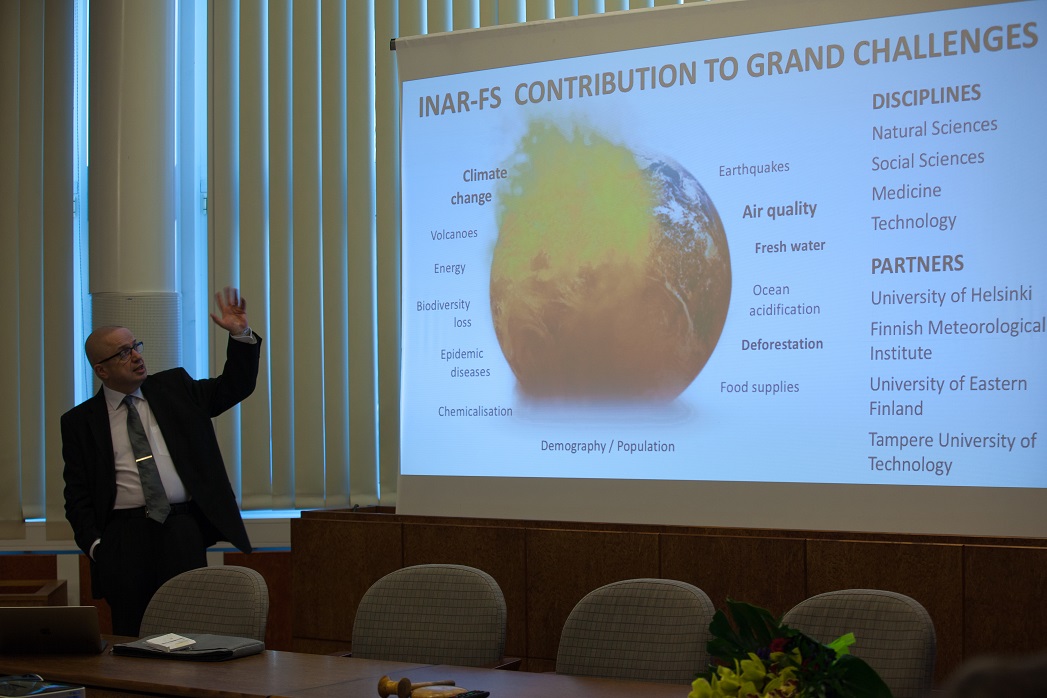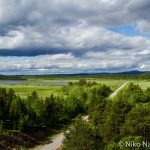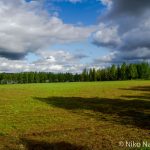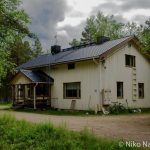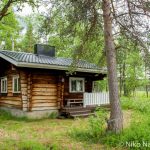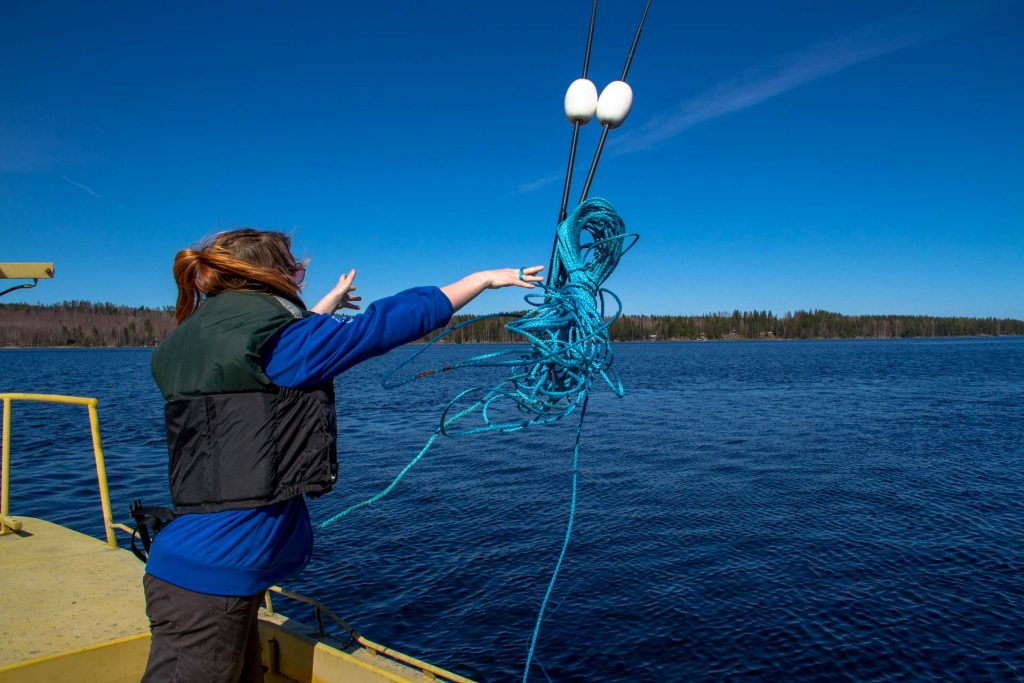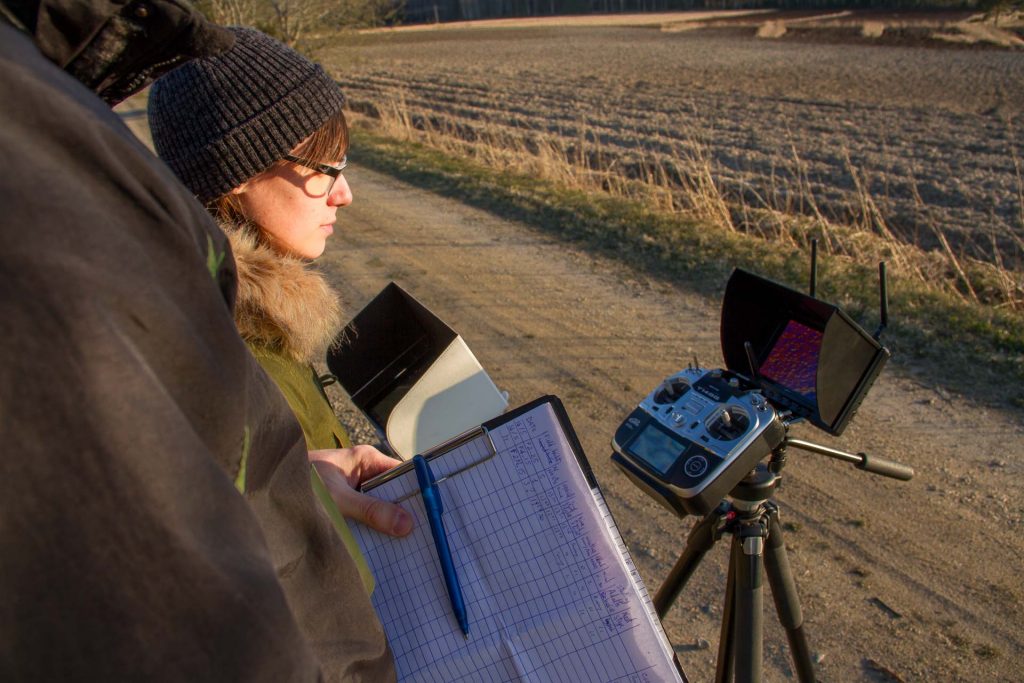Only two decades ago, there seemed to exist just two silvicultural options in Finland, either commercial forestry or conservation. There was public debate over the adequacy of conserved forest area and the usefulness of the geographical locations of conserved areas. Improving the biodiversity of forests became a widely known concern at the turn of the century. After that, more and more alternative goals for forest management have become established hand in hand with increasing diversity of forest owners. Suddenly there seem to be as many options for forest management as there can be options to account for different societal needs.
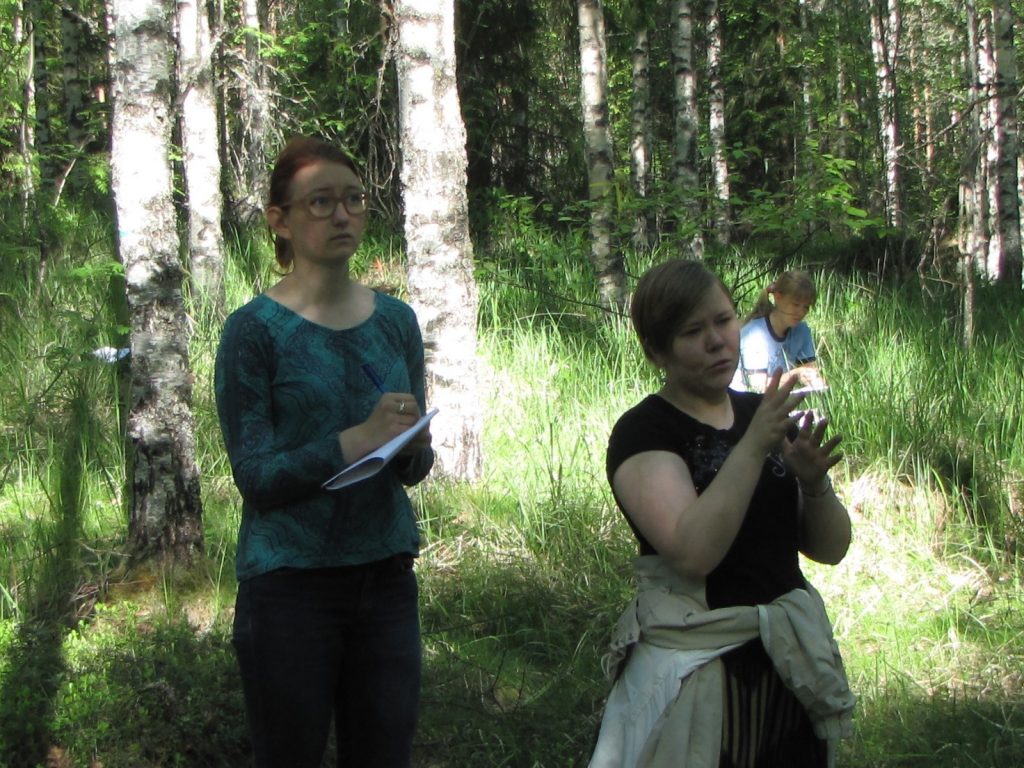
The variety of competing interests and methods may make even the scientific debate appear more like politics. The use of wood for carbon economy provides an example: is it best to allow forests in Finland to capture as much carbon from the atmosphere as quickly as possible, or is it best to promote the replacement of fossil fuels with biofuels as soon as possible? Although both options are sensible and based on good arguments, predicting the end result of either is highly complex depending on the time perspective and on the multiple connections among interacting ecological and societal processes.
Forestry courses at Hyytiälä station serve to teach silvicultural decisions through actual field examples. A look at the former and present course programs shows how the alternatives of forest management have appeared in the teaching agenda. Just ten years ago the division was simple “Differences between natural and commercial forests”, and the management methods included basic routines such as soil preparation, choice of proper tree species, seeding or planting practices, thinning procedures and cutting. Game management, a dear hobby for many traditional forest owners, was included as the sole added aspect.
Nowadays even the basic courses cover a much wider choice of management alternatives. As explicated in the course topics, people can have multiple values and objectives, and it is rational to emphasize different aspects in different decisions: landscape management, household needs, economical security, recreation, and generally the presence of multiple criteria for forest management, including various ecosystem services that can be promoted through proper nature management. The recommendations of WWF become covered as well.

Forest sciences have good chances to be an active member in the current rise of Finnish forestry sector. The modern teaching of forest sciences has great potential for producing highly skilled experts of ecological engineering who can consider the invaluable role of forests for functioning of both biosphere and human economy. Despite the unavoidable complexity of balancing different goals, a student with proper values and insight – and hopefully accompanied with support from the society – has good possibilities to learn just the right tools to successfully tackle these challenges.
Text and photos: Dr Pekka Kaitaniemi, research coordinator, adj. prof. at Hyytiälä Forestry Field Station

